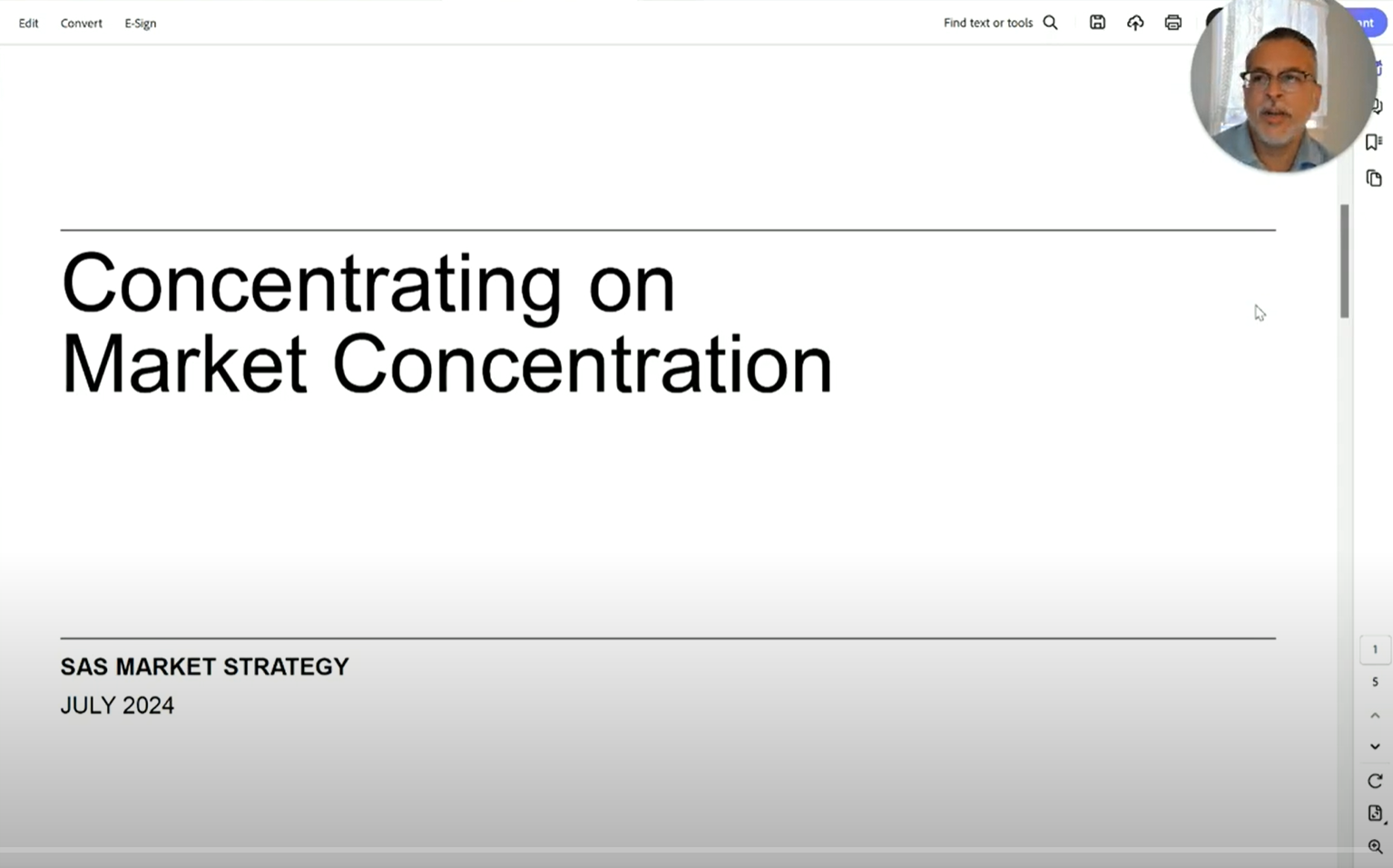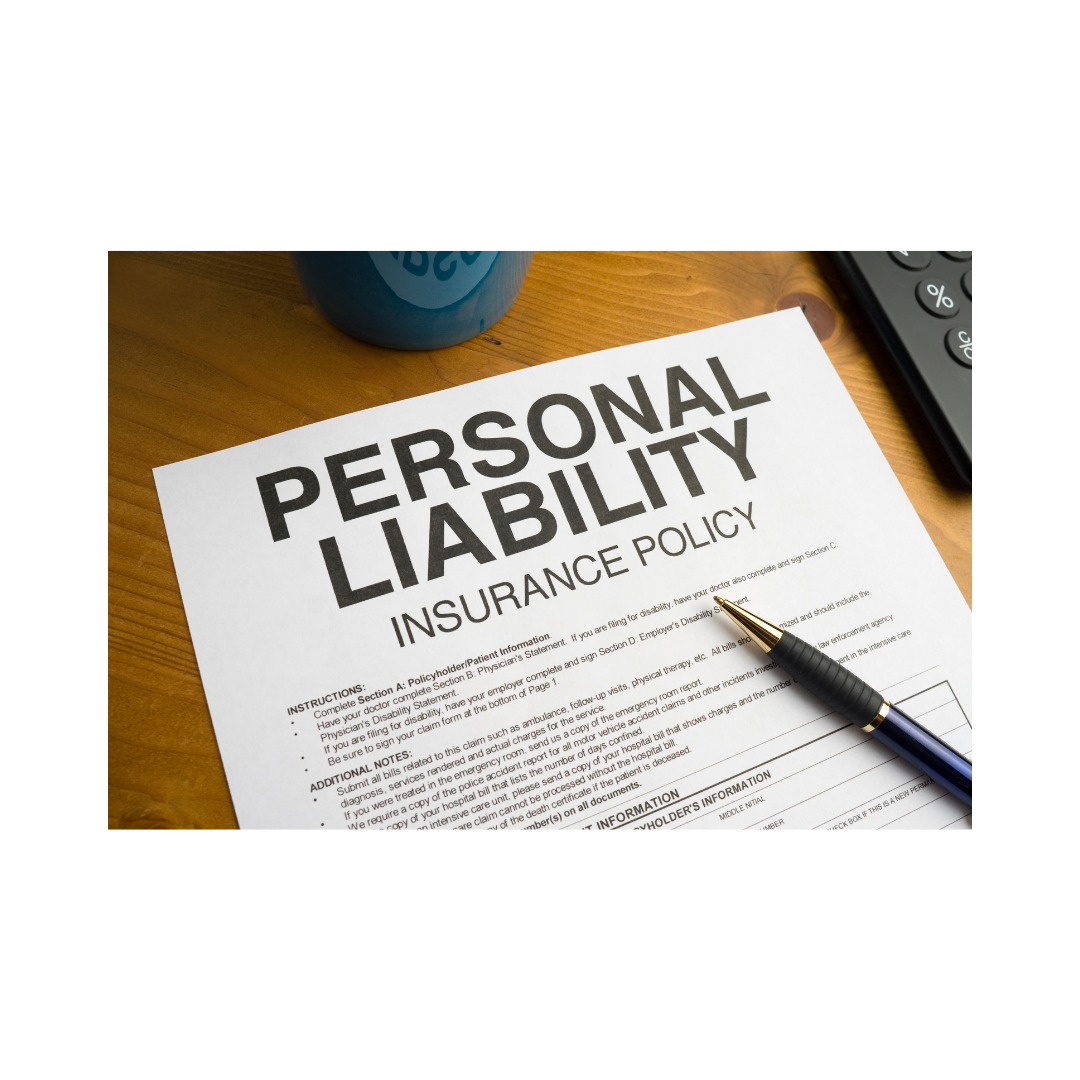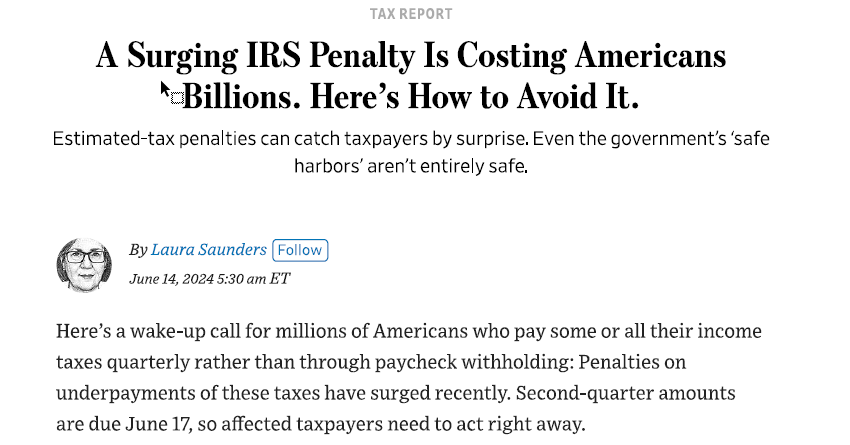A quick Google search yields HUNDREDS of articles explaining why you should roll a 401(k) to an IRA – but as our Chief Investment Officer, Rene, alluded to in his recent post “The Twisted Logic of IRA Rollovers”, there may be reasons to keep retirement assets in an employer sponsored qualified plan (401(k), 403(b), etc.) or roll the balance to a new employer’s plan. Depending on the plan, potential benefits of an employer sponsored qualified plan that are not afforded to Rollover IRAs include:
- Loan capabilities
- Additional creditor protection
- Access to funds without penalty as early as 55
- Possible access to lower cost investments (typically via larger company plans)
- Roth conversions for nondeductible IRA contributions (avoid pro-rata tax treatment)
- Delaying required minimum distributions if you work past 70
Simply put, while a Rollover IRA may make sense in many situations, it should not be the default decision when leaving an employer. Much to the chagrin of financial advisors who charge fees for assets under management, there may even be reasons to Roll-BACK your IRA into a 401(k)!
Rolling an IRA back into an employer sponsored plan is rarely recommended by advisors – it could be a lack of understanding of the retirement vehicle nuances, a genuine belief that the advisor can provide better performance or diversification with discretion, or even a way for the advisor to protect revenue if they fee clients a percentage for assets under management. Regardless of the reason advisors overlook this planning opportunity, the reality is that this strategy can be extremely powerful in building wealth and deferring taxes – let’s look at an example.
Steve is a successful professor who actively participates in his institution’s 403(b) plan. He has been a diligent saver over his working career and has built a Rollover IRA balance of $1M from former employer plans. He is approaching age 70.5 and will need to begin taking required minimum distributions on the IRA. There are two aspects to Steve’s situation that make rolling back the IRA a feasible strategy:
1. He is a high-earner and does not need the RMDs to supplement his living expenses during his working years.
2. He is concerned about the additional tax burden the RMDs will place on him since he is a high-earner and would prefer to defer the distributions to years when he is in a lower marginal tax rate.
3. He would like the funds to continue to grow tax-deferred for as long as he is working and able to fund his lifestyle with his W2 wages.
If Steve leaves everything as is, his total IRA balance at the time he is ready to retire (age 74) is $1,108,627 and he has paid almost $82,000 in taxes due to required minimum distributions over the past 5 years which is detailed in the chart below:
| Steve’s Age | Year | Beginning of Year IRA Value | Growth* | RMD | End of Year IRA Value | Tax Attributable to RMD** |
| 70 | 1 | $1,000,000 | $60,000 | ($36,496) | $1,023,504 | ($14,599) |
| 71 | 2 | $1,023,504 | $61,410 | ($38,623) | $1,046,291 | ($15,449) |
| 72 | 3 | $1,046,291 | $62,777 | ($40,871) | $1,068,198 | ($16,348) |
| 73 | 4 | $1,068,198 | $64,092 | ($43,247) | $1,089,043 | ($17,299) |
| 74 | 5 | $1,089,043 | $65,343 | ($45,758) | $1,108,627 | ($18,303) |
*Growth rate assumed at 6% annualized
**Ordinary income tax rate assumed to be 40%
First, we must recognize that each employer sponsored plan is different, and it is crucial to verify that the 403(b) plan will accept an IRA rollover and that the plan allows active employees to defer RMDs as long as they are working. After confirming the features of the plan and carefully reviewing the circumstances, we advise Steve to roll his $1M IRA balance into the 403(b) to benefit from additional years of tax-deferred growth AND pushing required distributions to years in which he is not working. The results are detailed below:
| Steve’s Age | Year | Beginning of Year IRA Value | Growth* | RMD | End of Year IRA Value |
| 70 | 1 | $1,000,000 | $60,000 | $0 | $1,060,000 |
| 71 | 2 | $1,060,000 | $63,600 | $0 | $1,123,600 |
| 72 | 3 | $1,123,600 | $67,416 | $0 | $1,191,016 |
| 73 | 4 | $1,191,016 | $71,461 | $0 | $1,262,477 |
| 74 | 5 | $1,262,477 | $75,749 | $0 | $1,338,226 |
*Growth rate assumed at 6% annualized
At retirement Steve has an IRA balance of $1,338,226 (almost a $230k increase) and has avoided ~$82,000 in taxes from RMDs. He has also shifted RMDs to years in which he has no W2 wages and, as a result, the distributions are taxed at a lower rate!
Bottom-line – objectivity is crucial in financial planning. To unlock the full value of your wealth advisory relationship it’s important to work with resourceful and knowledgeable advisors who are capable of being creative and are not handcuffed by the way they get compensated!














